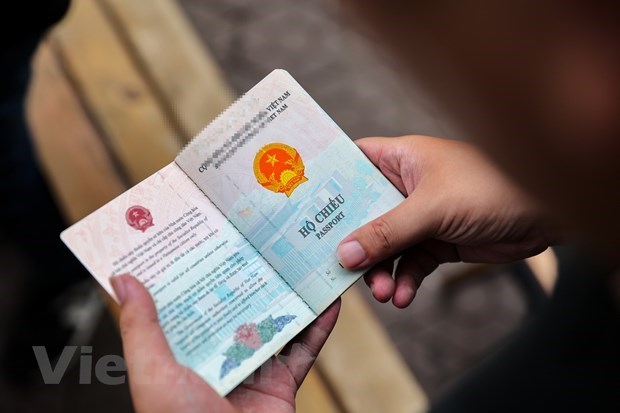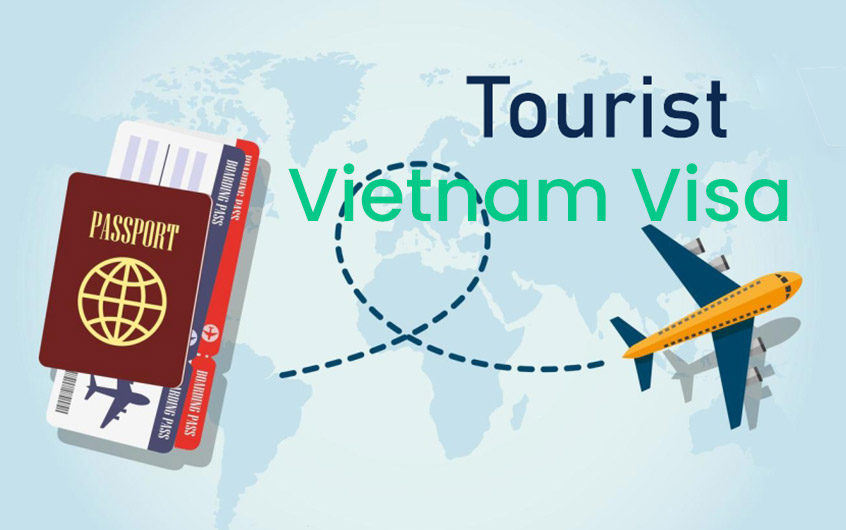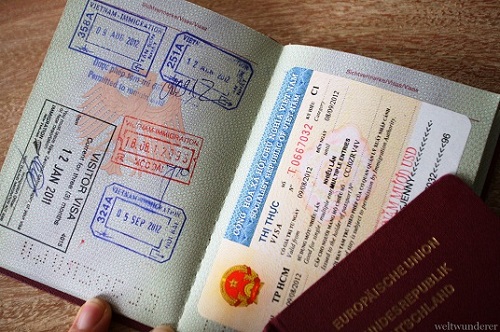Vietnam has recently become a popular destination for tourists, attracting people from around the world with its stunning landscapes, rich history, and vibrant culture. However, it’s important to understand the visa regulations and application process before visiting this Southeast Asian nation. This comprehensive guide will provide you with all the necessary information to obtain Vietnam Tourist Visa.
Table of Contents
Visa Requirements for Vietnam

Visa rules for Vietnam vary depending on your citizenship and the duration of your visit. Citizens from certain countries like several European nations, the United States, Canada, Australia, and New Zealand can enter without a visa for up to 15 days. However, if you plan to stay longer than 15 days or are from a non-exempt country, you’ll need to obtain a visa.
Countries Eligible for Visa-Free Entry
As mentioned earlier, citizens of certain countries can enter Vietnam without a visa for up to 15 days. These countries include:
- Belarus
- Brunei
- Cambodia
- Denmark
- Finland
- France
- Germany
- Indonesia
- Italy
- Japan
- Kazakhstan
- Kyrgyzstan
- Laos
- Malaysia
- Myanmar
- Norway
- Philippines
- Russia
- Singapore
- South Korea
- Spain
- Sweden
- Thailand
- United Kingdom
For an updated list of countries eligible for visa-free entry, please check the official website of the Vietnam Immigration Department.
Visa-Exempt Countries for Longer Stays
Citizens of some countries are exempt from obtaining a visa for stays longer than 15 days. These countries include:
- Chile (up to 90 days)
- Cambodia (up to 30 days)
- Indonesia (up to 30 days)
- Kyrgyzstan (up to 30 days)
- Laos (up to 30 days)
- Malaysia (up to 30 days)
- Singapore (up to 30 days)
- Thailand (up to 30 days)
Visa Requirements for Other Countries
If you are not a citizen of one of the countries mentioned above, you will need to apply for a visa to enter Vietnam. The following are the general requirements for a tourist visa:
- Valid passport: Your passport must be valid for at least six months from the date of entry into Vietnam.
- Completed visa application form: You can either download the form from the official website of the Vietnam Immigration Department or obtain it from the Vietnamese embassy or consulate in your country.
- Passport-sized photos: You will need two recent passport-sized photos (4×6 cm) with a white background.
- Visa fee: The visa fee varies depending on the type of visa and the duration of your stay. It can be paid in cash or by credit card at the embassy/consulate or upon arrival at the airport.
- Proof of onward travel: You may be required to show proof of your onward travel, such as a return ticket or itinerary, to obtain a visa.
- Accommodation details: You may also be asked to provide details of your accommodation in Vietnam, such as hotel reservations or a letter of invitation from a host.
- Additional documents: Depending on your nationality and the purpose of your visit, you may be required to submit additional documents, such as a bank statement, employment letter, or travel insurance.
It is advisable to check with the Vietnamese embassy or consulate in your country for specific requirements before applying for a visa.
Types of vietnam tourist visas

There are several types of tourist visas available for Vietnam, each with its own conditions and requirements. The most common types are:
- Single-entry tourist visa (TR1): This visa allows for a single entry into Vietnam and is valid for 30 days from the date of entry. It is suitable for short-term travelers.
- Multiple-entry tourist visa (TR2): This visa allows for multiple entries into Vietnam within a specific period, typically 1 or 3 months. The 1-month visa is valid for 30 days from the date of entry, while the 3-month visa is valid for 90 days. This type of visa is ideal for those who plan to visit Vietnam multiple times within a short period.
- E-visa: In 2017, Vietnam introduced an e-visa system for citizens of 80 countries, including the United States, Canada, Australia, and many European nations. The e-visa is valid for a single entry and allows for a stay of up to 30 days. It can be applied for online through the official website of the Vietnam Immigration Department.
- Visa on arrival: For citizens of countries that do not have a Vietnamese embassy or consulate, or those who cannot apply for an e-visa, the visa on arrival option is available. This type of visa requires pre-approval from the Vietnam Immigration Department and can be obtained upon arrival at one of the international airports in Vietnam.
Visa Application Process

The process of applying for a vietnam tourist visa varies depending on your nationality and the type of visa you are applying for. Generally, there are two ways to obtain a visa for Vietnam:
- Through the Vietnamese embassy or consulate in your country: You can submit your visa application and supporting documents in person or by mail to the nearest Vietnamese embassy or consulate. The processing time may take anywhere from 3 to 5 business days, so it is advisable to apply well in advance of your intended travel dates.
- Upon arrival at the airport: If you are eligible for a visa on arrival, you can apply for it online through a travel agency or the Vietnam Immigration Department’s official website. You will need to provide your personal information, travel details, and pay the visa fee online. Upon arrival at the airport, you will need to present your pre-approval letter, passport, photos, and visa fee to obtain your visa.
Extending Your Visa

If you wish to prolong your stay in Vietnam beyond the duration permitted by your visa, you have the option to ask for a visa extension from the Vietnam Immigration Department. The exact steps and requirements could vary depending on your nationality and the type of visa you hold. Generally, you will need to submit an application form, your passport, photographs, and settle the visa extension fee. It is advisable to initiate the extension process at least a week prior to the expiration of your current visa.
Overstaying Your Visa
Overstaying your visa in Vietnam is a serious offense and can result in fines, detention, and deportation. If you realize that you have overstayed your visa, it is crucial to take immediate action and contact the nearest immigration office to resolve the issue. The penalties for overstaying are as follows:
- Less than 3 days: No penalty
- 3 to less than 10 days: VND 500,000 (approximately USD 22)
- 10 to less than 30 days: VND 1,000,000 (approximately USD 44)
- More than 30 days: Deportation and possible ban from re-entering Vietnam
Conclusion
Obtaining a tourist visa for Vietnam may seem like a daunting task, but with the right information and preparation, it can be a smooth and straightforward process. Make sure to check the latest visa requirements and regulations before planning your trip to Vietnam. With its stunning landscapes, rich culture, and warm hospitality, Vietnam is sure to leave a lasting impression on every visitor. So pack your bags, get your visa, and get ready to explore this beautiful country!

